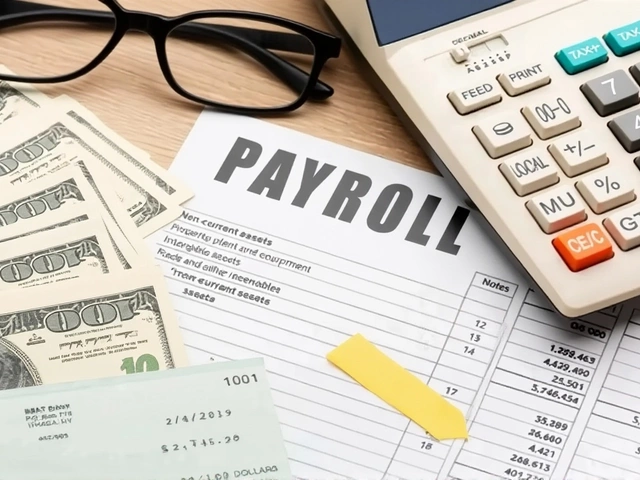Marketing Dashboard: Your Quick Guide to Smarter Decisions
Ever feel buried under spreadsheets, emails, and random reports? A marketing dashboard pulls the most important numbers into one place so you can see what’s working and what isn’t without the headache.
Why a Marketing Dashboard Matters
First off, a dashboard shows the health of your campaigns at a glance. Instead of opening three different tools, you get clicks, leads, spend, and ROI all together. That saves time and stops you from missing a warning sign – like a sudden drop in conversions.
Second, it helps you set clear goals. When you see the numbers side by side, you can compare today’s results with last month’s target. It turns vague ideas like “increase traffic” into measurable targets such as “+15% sessions in 30 days”.
Finally, a good dashboard encourages teamwork. Everyone from the designer to the CEO can look at the same picture. This reduces arguments about which metric matters most because the data is plain and visible.
How to Build a Simple Dashboard
Start with the basics: pick three to five key performance indicators (KPIs). For most businesses that means total ad spend, cost per lead, click‑through rate, conversion rate, and overall revenue. Don’t overload the screen – the goal is clarity, not clutter.
Next, choose a tool you already use. Google Data Studio, Microsoft Power BI, or even a well‑structured Google Sheet can do the job. Connect each KPI to its source – Google Ads, Facebook Ads, your email platform – and set the data to refresh daily.Design matters, but keep it simple. Use bar charts for spend, line graphs for trends, and a single number widget for revenue. Color code: green for good, red for warning. This visual cue lets anyone spot problems fast.
After the layout is ready, test it with your team. Ask if they can read the numbers in under a minute. If they need a tutorial, trim down the extra charts until the core story shines.
Finally, schedule a weekly check‑in. Spend fifteen minutes reviewing the dashboard, note any spikes or drops, and decide on the next action – whether that’s boosting a high‑performing ad or pausing a failing one.
Remember, a dashboard isn’t a set‑and‑forget tool. As your business evolves, update the KPIs and visual style. The best dashboards stay relevant, showing exactly what you need to grow.
With a clear, updated marketing dashboard, you’ll cut down on guesswork, align your team, and make smarter choices faster. Give it a try today and watch how a simple view of data can transform your results.
Revolutionizing ROI: The Power of a Custom Google Data Studio Dashboard
Discover the transformative impact of custom Google Data Studio dashboards in boosting ROI within a mere 24 hours. Learn how streamlining data visualization can provide actionable insights that revitalize marketing strategies. Expert Gregory Charny explores the future of data-driven decisions and highlights the metrics that matter most for businesses today.






